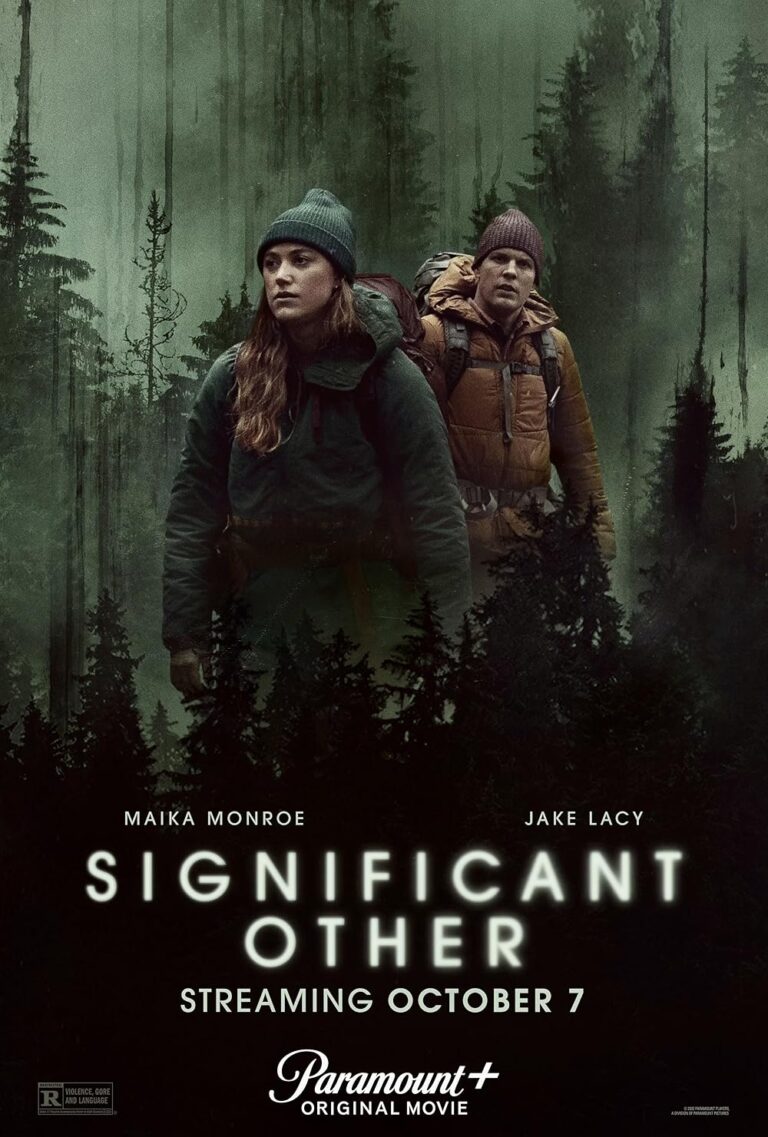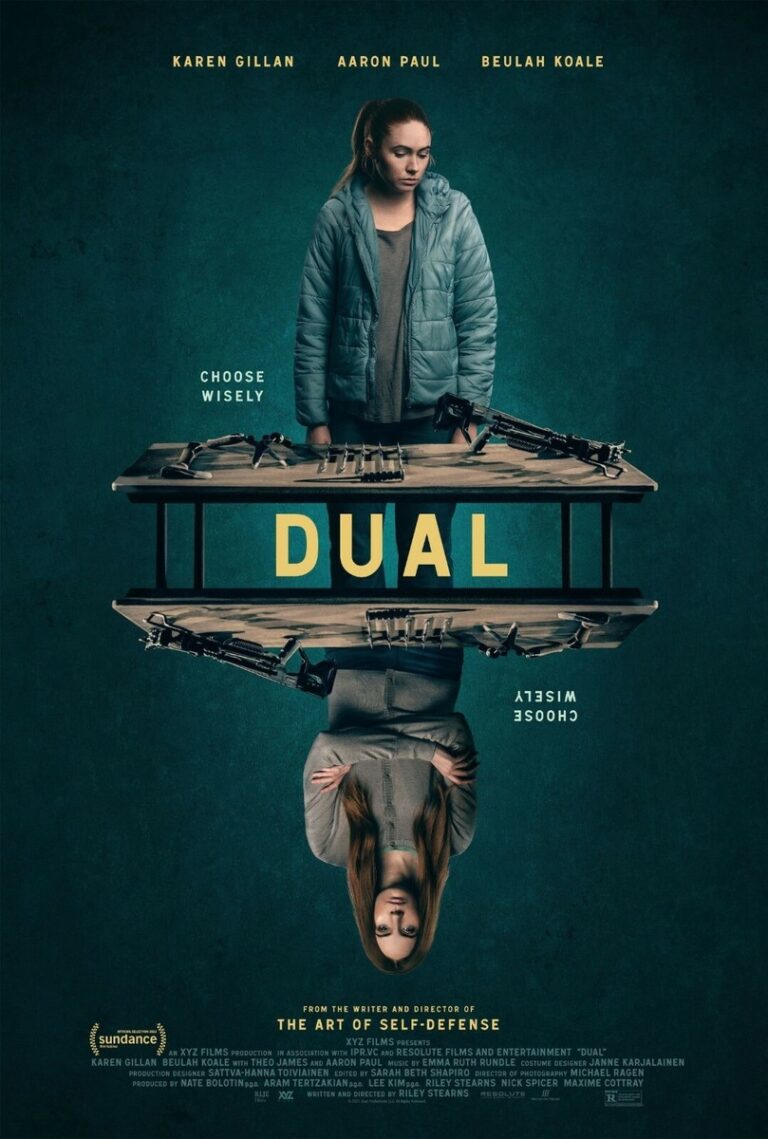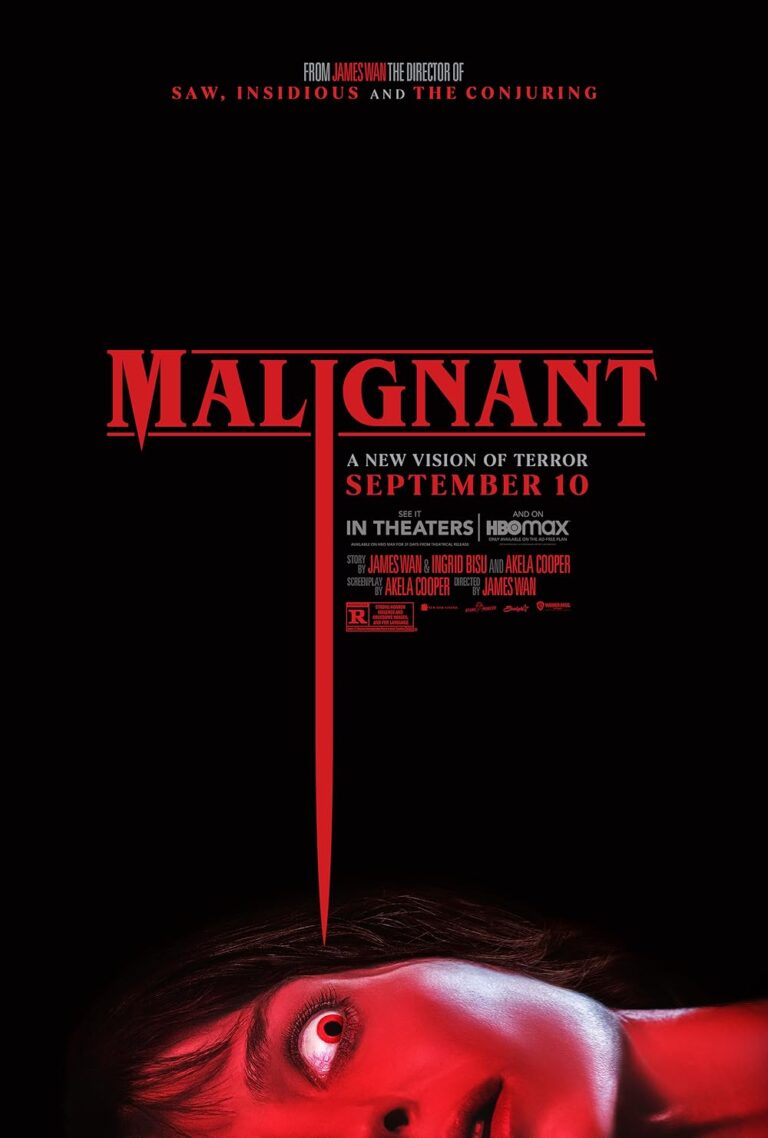The Orphanage (Spanish: El orfanato) is a 2007 Spanish supernatural horror mystery film and the debut feature of Spanish filmmaker J. A. Bayona. The film stars Belén Rueda as Laura, Fernando Cayo as her husband, Carlos, and Roger Príncep as their adopted son Simón. The plot centers on Laura, who returns to her childhood home, an orphanage. Laura plans to turn the house into a home for disabled children, but after an argument with Laura, Simón is found to be missing.
The film’s script was written by Sergio G. Sánchez in 1996 and brought to the attention of Bayona in 2004. Bayona asked his long-time friend, director Guillermo del Toro, to help produce the film and to double its budget and filming time. Bayona wanted the film to capture the feel of 1970s Spanish cinema; he cast Geraldine Chaplin and Belén Rueda, who were later praised for their roles in the film.
The film opened at the Cannes Film Festival on May 20, 2007. It received critical acclaim from audiences in its native Spain, winning seven Goya awards. On its North American release, The Orphanage was praised by English-speaking critics, who described the film as well directed and well acted, and noted the film’s lack of “cheap scares”; subsequently, New Line Cinema bought the rights to the film for an American remake.
source: https://en.wikipedia.org/wiki/The_Orphanage
The Orphanage: A Deep Dive Into a Haunting Tale of Love, Loss, and Memories
“The Orphanage” (Spanish title: *El Orfanato*) is a 2007 Spanish horror film directed by J.A. Bayona, produced by Guillermo del Toro, and written by Sergio G. Sánchez. From its inception, *The Orphanage* made an indelible mark in the cinematic world, solidifying its place among the most memorable horror movies of the decade. It weaves elements of gothic horror, suspense, and emotional drama into a hauntingly beautiful tapestry that grips audiences from the first scene to the last.
A Return to the Past
The film primarily revolves around the character of Laura, who, along with her husband, Carlos, and adopted son, Simón, returns to the very orphanage she grew up in, with plans to convert it into a home for children with disabilities. The grandeur of the old building, juxtaposed with its decay, serves as a potent symbol of the past—both the cherished memories and the dark secrets it holds.
The setting plays a crucial role in the narrative. The vast, isolated mansion, with its labyrinthine corridors, echoing halls, and timeless ambiance, holds memories of Laura’s childhood. These memories are not only crucial to the plot but also create a rich tapestry of emotions, connecting the present with the past. This mansion, situated by the sea, is captured beautifully with atmospheric cinematography, enhancing the eeriness and mystique of the place.
Unraveling Mysteries
Shortly after their move, mysterious events begin to unfold. Simón, an imaginative boy, speaks of invisible friends with whom he frequently plays. Children’s games, often innocent and playful, take on a darker tone in this narrative. They serve as pathways into the unknown, blurring the lines between reality and imagination, between the living and the departed.
As the story progresses, Laura becomes increasingly disturbed by the strange occurrences in the house. Her maternal instincts are on high alert when Simón’s behavior changes and he begins revealing secrets about his imaginary friends that he couldn’t possibly know. The tension escalates when, during a party meant to introduce the home to its prospective residents, Simón goes missing.
Laura’s search for her son becomes the central theme of the story. Her journey is not just a physical one but an emotional and spiritual one as well. Throughout this arduous quest, Laura’s character is tested in various ways. She confronts her past, her beliefs, and her deepest fears. The storyline delves deep into a mother’s undying love and determination, making the audience feel every pulse of Laura’s heartache.
Atmospheric Mastery
The film’s strength lies not just in its compelling storyline but also in its expert crafting. The sound design of *The Orphanage* deserves special mention. The silence in the vast hallways, the distant sounds of the sea, the subtle creaks, and footsteps—all contribute to an auditory experience that is both unsettling and immersive. The use of silence and sound in tandem creates an atmosphere of suspense that keeps viewers on the edge of their seats.
Additionally, the film’s visual palette, dominated by muted colors and soft lighting, contributes to the melancholic and eerie atmosphere. It captures the essence of a bygone era while reinforcing the haunting ambiance of the narrative.
Complex Characters
Laura, portrayed brilliantly by Belén Rueda, is a multi-dimensional character. Her journey from a hopeful mother with dreams of recreating her cherished childhood memories to a desperate parent searching for her child is both heart-wrenching and admirable. Rueda’s performance is commendable, capturing the nuances of Laura’s pain, determination, and hope.
The supporting characters, including Carlos and the elderly caretaker Benigna, further enrich the story. Each character brings their own set of mysteries, motivations, and complexities to the narrative, making the plot multi-layered and captivating.
A Departure from Traditional Horror
*The Orphanage* is not your typical horror film. While it has its fair share of jump scares and eerie moments, the true horror lies in the emotional turmoil of the characters. The film delves deep into themes of grief, loss, acceptance, and the inexorable passage of time. It’s a testament to the filmmakers’ skill that the movie balances these profound themes with genuine moments of terror.
Moreover, the film pays homage to classic horror films and stories, drawing inspiration from various sources while maintaining its unique voice. The result is a cinematic experience that is both familiar and refreshingly new.
In Conclusion
“The Orphanage” is a masterclass in atmospheric horror. It stands out not only for its eerie setting and suspenseful moments but also for its deep emotional core. It is a story of love, loss, and acceptance, told against a backdrop of chilling mysteries and dark secrets. The film challenges the boundaries of the horror genre, offering viewers a narrative that is as thought-provoking as it is terrifying. For those seeking a movie that resonates long after the credits roll, “The Orphanage” is a must-watch.




